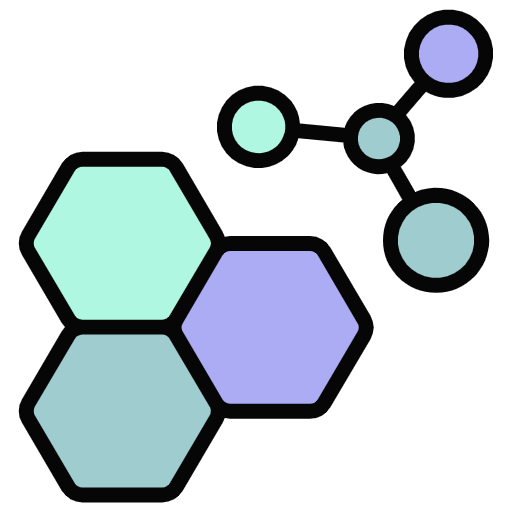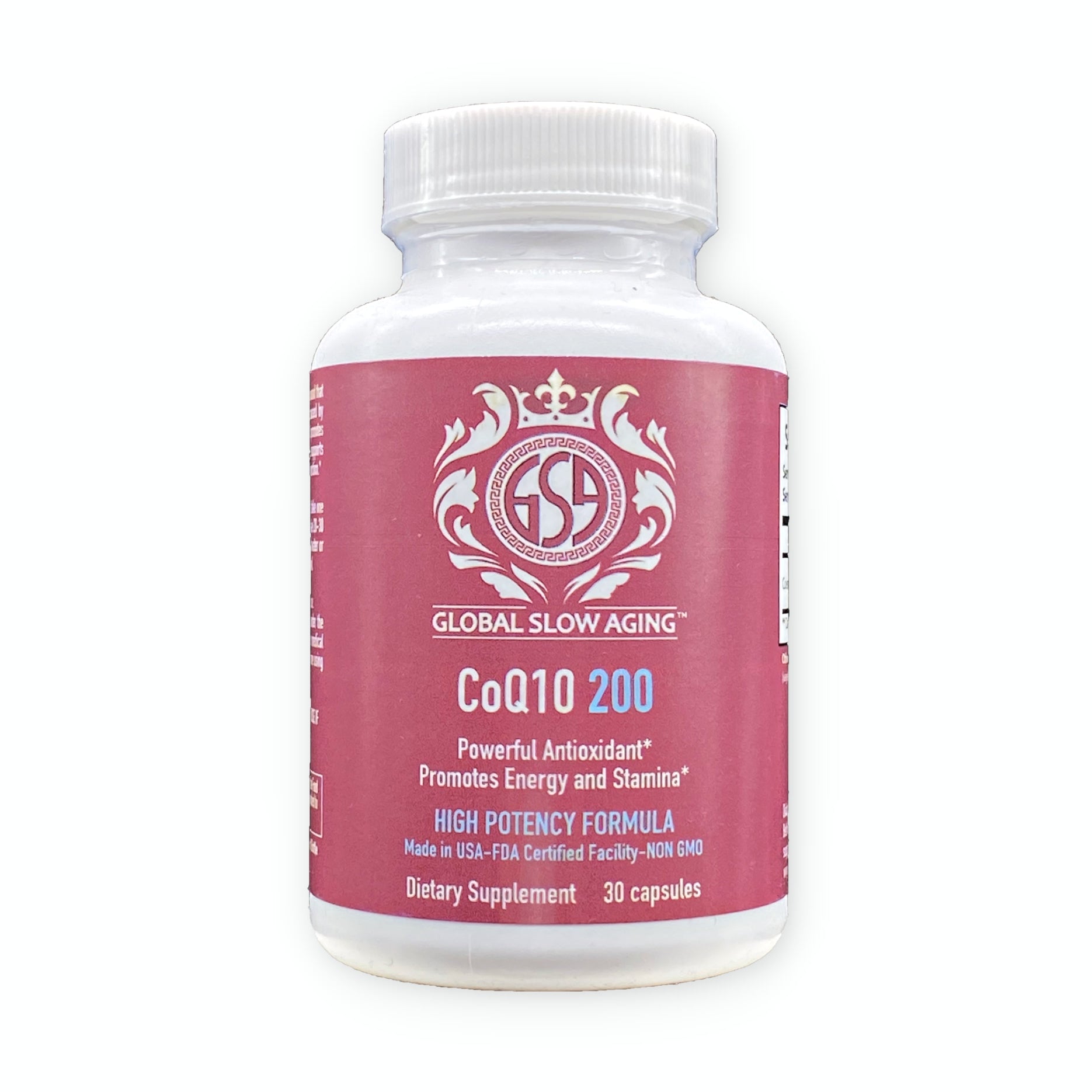
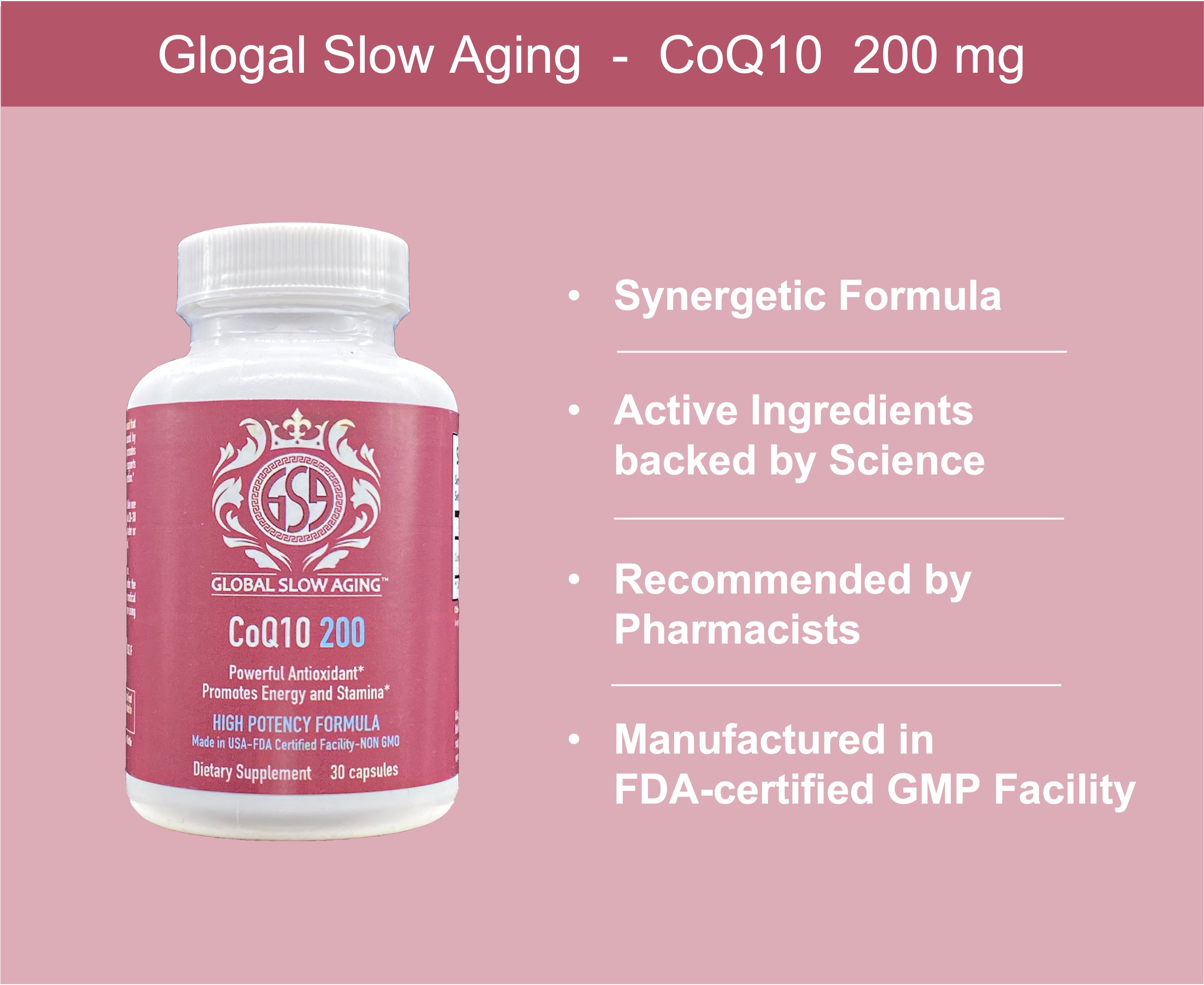
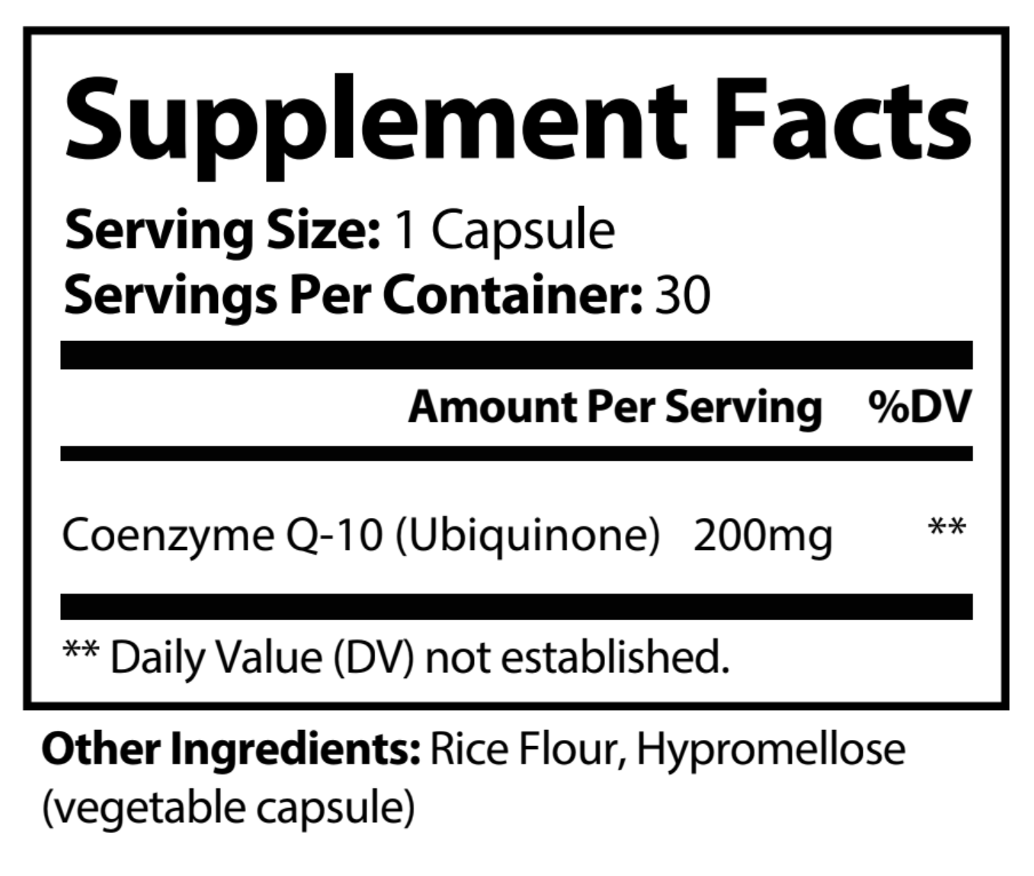
GSA CoQ10 200
CoQ10 200 is a powerful antioxydant compound that may help prevent damage in the body caused by oxidative stress and free radicals. CoQ10 promotes ATP production in the mitochondria and supports body's cellular energy and healthy heart function.*
Main Health Benefits*
- Powerful Antioxydant
- Promotes Energy and Stamina
How to Use It
As a dietary supplement, take 1 capsule once a day. For best results, take 20-30min before a meal or as directed by your healthcare professional.
* These statements have not been evaluated by the Food and Drug Administration. This product is not intended to diagnose, treat, cure or prevent any disease.
Choose options



KEY ACTIVE INGREDIENTS

Coenzyme Q10
Coenzyme Q10, also known as ubiquinone, is a naturally occuring antioxydant found in the cells of the body, particularly in the mitochondria. It plays a crucial role in ernergy production, cellular protection and mainting overall health (Cirilli et al., 2021). A meta-analysis of randomized controlled trials found that CoQ10 is effective in reducing fatigue symptoms, with higher doses and longer treatment duration correlating with greater fatigue reduction (Tsai et al., 2022). It also improved glycemic control and antioxidant capacity in athletes (Ho et al., 2020; Fernandes et al., 2023). In subjects with heart failure, CoQ10 supplementation (especially its reduced form, ubiquinol) may improve cardiac functional status (Keogh et al., 2003) and could enhance endothelial function (Tiano et al., 2007).*
RELATED SCIENTIFIC FACTS
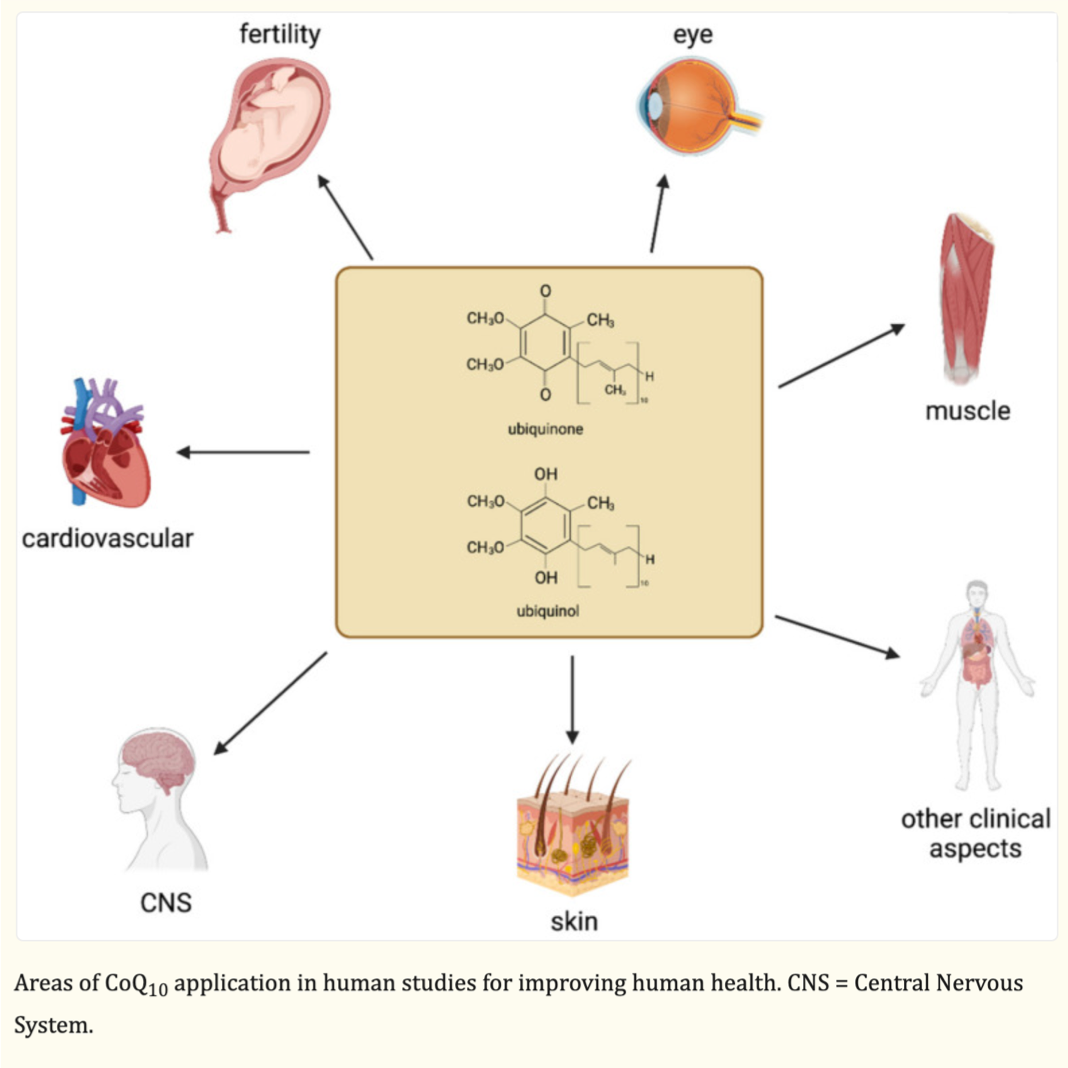
Role of Coenzyme Q10 in Health and Disease: An Update on the Last 10 Years (2010–2020)
Cirilli et al. Antioxidants (Basel) - August 23, 2021
Due to its ubiquitous distribution, its pivotal role in mitochondrial bioenergetics and its antioxidant role in biological membranes, the wide range of applications of CoQ10 in human health continue to attract attention in recent research. Novel interactions
with cellular biochemical pathways through redox signaling and modulation of mitochondrial function are progressively being described by the scientific community.*

